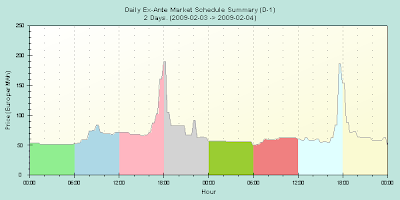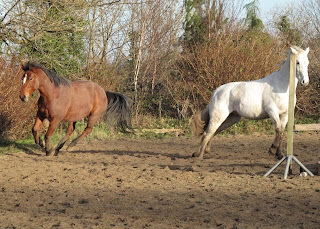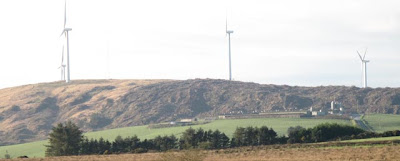When the main reason we are being given for NAMA is that it is the only game in town you know this is not a good idea. I did a bit of googling and chatting to various people who know more than me about these things, and reached these conclusions:
The reason for considering NAMA is to:- Maintain Liquidity
- Restore Confidence
- Create an environment for recovery
Any solution must consider:1. When given a choice we must choose to reduce risk rather than increase potential return - the government/taxpayers are not speculators
2. No plan can be justified on the basis of previous economic cycles - we are in uncharted waters with this global economic downturn and the impact of peak oil and spending on climate change not yet being felt.
3. The current banking model is not the only solution to maintain liquidity - banks can be bought out, new banks setup by entrepreneurs, new methods of lending and saving peer to peer etc.
4. No solution should have the objective of punishing or protecting individuals or companies.
5. Speculators have money but little time (they want a quick buck now), the government of a country has time but no money - any solution should play to our strengths.
6. Ireland has a finite amount of money it can borrow and spend over the next years - the opportunity cost of any solution must be compared against investing in projects which will support our economy in the future - energy, broadband, transport, food etc.
Risks- What happens if, post NAMA, the banks are still unable to provide liquidity? Is there a Plan B? "There is still unexploded ordinance on the financial landscape..." FT
Questions- Banks have already received an injection of cash but are still not lending. Is this a cashflow problem or a reserves problem? If it is a reserves problem, then they can do without cash!
- What would the impact on the economy be if our banks were bought by foreign banks or investors?
- Why do WE have to do the valuation? Take the bad assets on the basis that we will pay the banks the market price when they are liquidated - at some time in the future - and leave the banks to do the valuation for the purposes of their balance sheets?
- Why would nationalising the banks be worse than NAMA? We already own 25% of AIB and BOI at a cost of €7bn, why not buy the rest?
But I think the right questions to ask is, image we have €30-60bn to invest in the future. What are the best investments to relieving short term hardship and creating an environment for long term prosperity?
Liquidity - Buy a foreign bank or start one or support entrepreneurs who want to. Support local trading currencies. Support peer2peer lending.
Energy - building windmills is not enough to protect us from future oil shocks, we need the infrastructure to balance supply and demand of energy.
Transport - our infrastructure is predicated on the use of roads and the assumption that transport of people and goods is cheap.
Food - Ireland should be well placed to feed it's citizens in the event of disruption in trade or climate change disrupting harvests and supply surplus into the UK.
Broadband - without ubiquitous, affordable high speed broadband many options for change are restricted and new ideas are slower to develop.
I am not generally in favour of asking the country to vote, but in this case it's our money (or money we are borrowing and will have to pay back) so I think we should be asked. We will be voting anyway, whether the government is forced to call an election or whether we use the Lisbon vote, we will have our say.













































